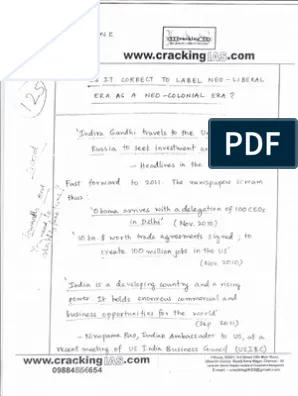- Home
- Prelims
- Mains
- Current Affairs
- Study Materials
- Test Series
India-Bangladesh Border Issue
India and Bangladesh share a 4096 kms long complex border (India''s longest terrestrial border) with various terrains like marshy land of Sunderbans. India has been working on fencing the border for several years to address security concerns, but this initiative has faced opposition from Bangladesh, citing legal, humanitarian, and diplomatic challenges.
India-Bangladesh border guidelines
- 1975 Joint Guidelines: According to the 1975 Joint India-Bangladesh Guidelines for Border Authorities, no defense structures can be constructed within 150 yards of the international boundary (Zero Point) by either side. This includes any form of fencing deemed a defensive structure.
- Defence Structures: India does not classify wire fencing as a defence structure, whereas Bangladesh and Pakistan do, leading to differing perspectives on the legality and implications of such constructions along the border.
Issues between India and Bangladesh
- Fencing Disputes: The primary contention revolves around India’s construction of barbed wire fencing along the border, which Bangladesh claims violates the 1975 agreement. Recently, incidents in Malda and Cooch Behar have highlighted tensions, with Bangladesh’s Border Guards attempting to obstruct these efforts.
- Cross-Border Crime: India justifies fencing as a necessary measure to combat cross-border crimes, including smuggling and trafficking. However, Bangladesh argues that such measures inconvenience local residents and violate their sovereignty.
- Diplomatic Tensions: The situation has led to reciprocal diplomatic actions, with both countries summoning each other’s diplomats to express concerns over border management practices.
Need to fence the India-Bangladesh border
- To Prevent Cross-Border Crimes: Fencing helps reduce the smuggling of goods, drugs, and arms, as well as human trafficking, which are major concerns in border areas. For example, regions like Malda in West Bengal have seen high rates of cattle smuggling, which fencing aims to curb.
- To Manage Unauthorized Crossings: Fencing is crucial to control illegal immigration and unauthorized movements across the border, which can strain local resources and create security challenges. For instance, in Assam, illegal migration has led to demographic shifts, contributing to political and social tensions.
- To Address Geographical Complexities: The border’s unique geography, with rivers and villages close to the boundary, makes monitoring difficult, necessitating physical barriers. For example, in areas like Cooch Behar and the Dahagram–Angarpota enclave, fencing helps clearly demarcate the border and prevent disputes.
Steps taken by the Indian Government
- Current Status: As of early 2025, approximately 3,180.65 kilometres of the border have been fenced, with around 915.35 kilometres remaining to be completed.
- The Ministry of Home Affairs (MHA) has set a new deadline for completion by March 2024, although this is likely to be missed due to various challenges.
- Mixed Barriers Approach: The government plans to utilize both physical and non-physical barriers for the remaining unfenced stretches. This includes advanced technologies such as sensors and surveillance systems in areas where traditional fencing is not feasible due to geographical constraints.
- Increased Security Measures: Alongside fencing, there are plans to enhance floodlighting, establish more border outposts, and improve integrated checkposts to bolster security along the border.
Road ahead
- Enhanced Bilateral Cooperation: Strengthen dialogue mechanisms, such as flag meetings and joint consultations, to resolve disputes amicably and ensure mutual agreement on border management practices, including fencing.
- Integrated Border Management: Implement smart border solutions, combining advanced surveillance technologies and community involvement, to address security concerns while minimizing disruptions to local populations.









 Latest News
Latest News
 General Studies
General Studies